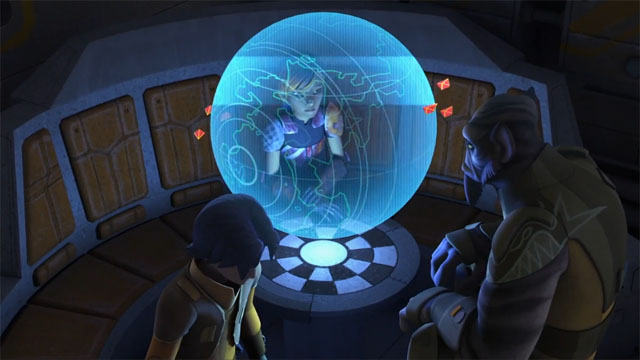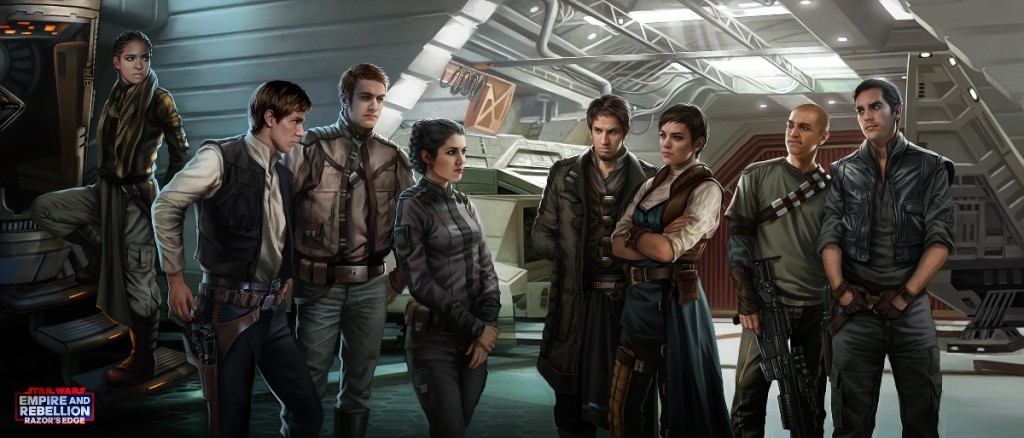
For those of us old and crotchety enough to remember the dawn of Wikipedia, certain guiding principles remain hardwired to the concept, no matter how much the world of open-source encyclopedias has evolved in the intervening years. “Be Bold“, for one—in other words, when in doubt, go ahead and make the edit. A flawed addition is better than no addition. Another is Disambiguation, which is probably less well-known as a principle than it is in practice, in the form of articles like Mercury (element) or Razor (clone trooper). Another concept that brings me back to those early days is Instruction Creep: the bureaucratic process by which rules, procedures, best practices, and so on are slowly codified in response to new circumstances and specific incidents, eventually becoming overwhelming to new users and obscuring the true goals of the organization in question. Wikipedia’s page on Instruction Creep cleverly uses the picture of kudzu vines that begins this article as a metaphor for this process.
Over on Wookieepedia’s version is the following text: “Wookieepedia is not supposed to be bureaucratic. Procedures are popular to suggest but unpopular to follow, due to the effort required to locate, read, learn and abide by them.” Of course, the wook also takes great pains to clarify that it is not Wikipedia, and just because something is policy at one site doesn’t mean it should be taken for granted at the other; nevertheless, the “avoid instruction creep” page remains. It continues: “our contributors are volunteers, and will simply go away if the policies are too confusing or too difficult for them to follow.” Read More




